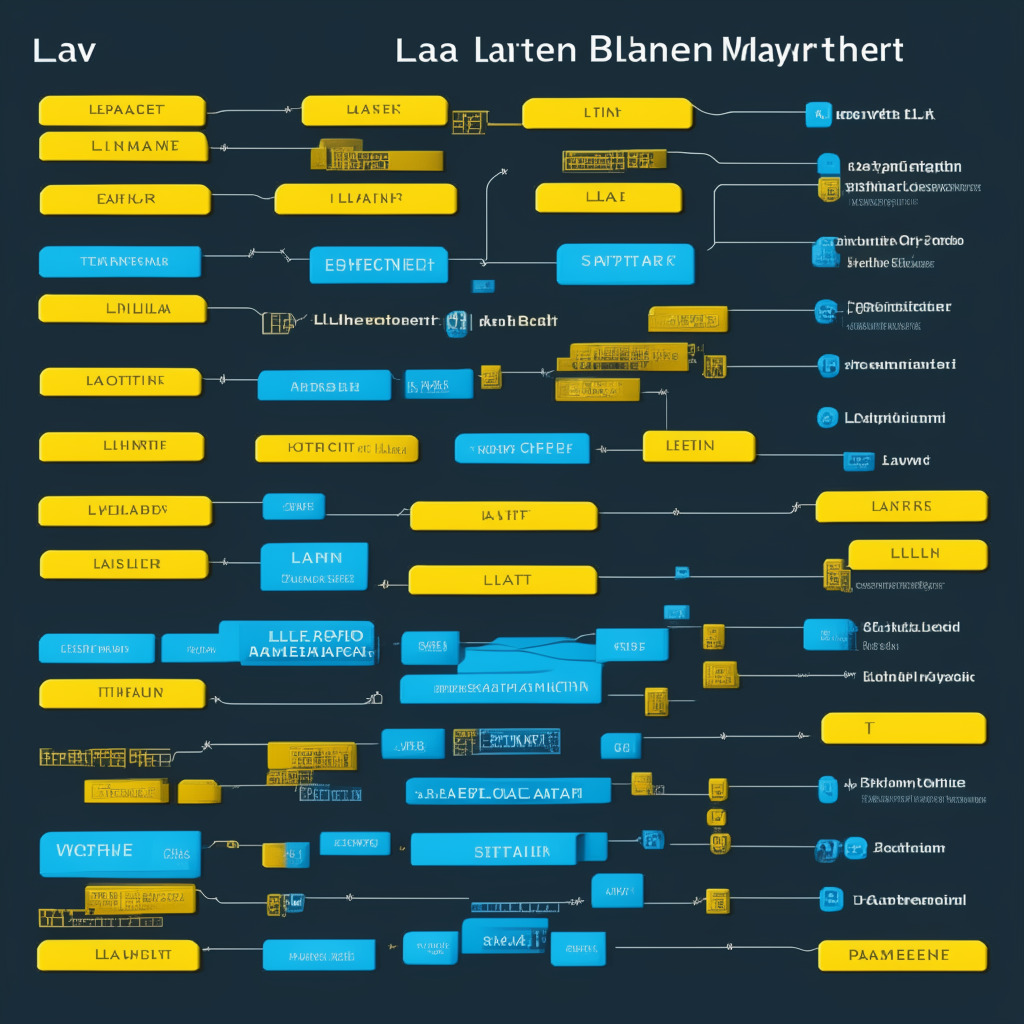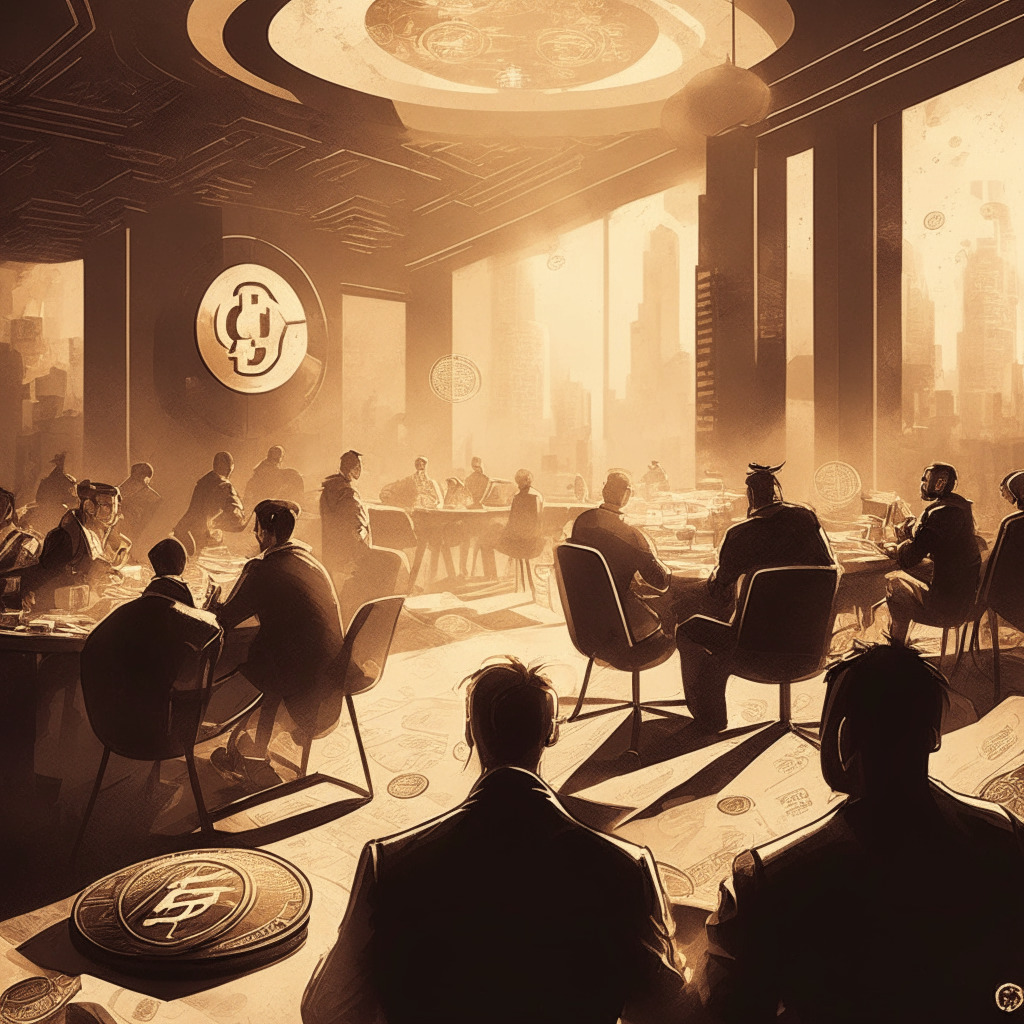Collectors of digital art have witnessed a new development as Sotheby’s, the prestigious auction house, recently announced the launch of its on-chain marketplace. This innovation aims to allow customers to acquire secondary Non-Fungible Tokens (NFTs) on popular networks such as Ethereum and Polygon. This move by the auction house is intriguing and may signal a promising shift in the art world.
One of the key aspects of Sotheby’s latest venture is the completely on-chain sales mechanism it has designed. This differs from the pre-existing NFT markets that currently allow peer-to-peer transactions of digital artworks. Instead, Sotheby’s seeks to provide a “rotating, curated selection of leading artists handpicked by Sotheby’s specialists,” thereby establishing itself as a unique player among NFT markets. Such a strategy may contribute to a higher level of trust and exclusivity for its clientele.
The on-chain marketplace kicked off with works from 13 notable digital artists, such as XCOPY, Claire Silver, Tyler Hobbs, and Hackatao. Each non-fungible token sale is conducted using smart contracts on Sotheby’s Metaverse platform. With this approach, digital art enthusiasts can purchase artworks and artifacts using ether or polygon. This utilization of cryptocurrencies as a mode of transaction might be an indicator of their growing utility and adoption in various sectors – even art.
Furthermore, Sotheby’s aims to meet artist royalties using smart contracts on the secondary sales platform. This ensures that artists are paid automatically according to the royalty rate they select. The integration of smart contracts to fulfill royalties might be an essential advantage for artists, providing them with a more streamlined method to receive payments. This could potentially attract more high-profile artists to the platform, increasing its overall appeal.
On the flip side, some might argue that NFTs still have a long way to go in terms of complete adoption in the art industry. Skeptics may worry about the environmental effects of blockchain technology or question the long-term value of digital art. However, it cannot be denied that the entrance of an established player like Sotheby’s into the NFT market is a significant development that may encourage further exploration and adoption of this new and intriguing form of art.
In conclusion, Sotheby’s decision to launch an on-chain marketplace for secondary NFTs demonstrates its commitment to innovation and adapting to emerging trends in the world of art. While the move may raise speculation around the long-term effects of NFTs and their incorporation into the exclusive art world, it is crucial to recognize that the entrance of such prominent players may greatly impact the NFT landscape. This development serves to benefit not only collectors and digital art enthusiasts but also the artists themselves, thanks to the integrated features such as smart contracts for royalties. Only time will tell what other innovative developments may arise as a result of Sotheby’s bold foray into the NFT market.
Source: crypto.news




